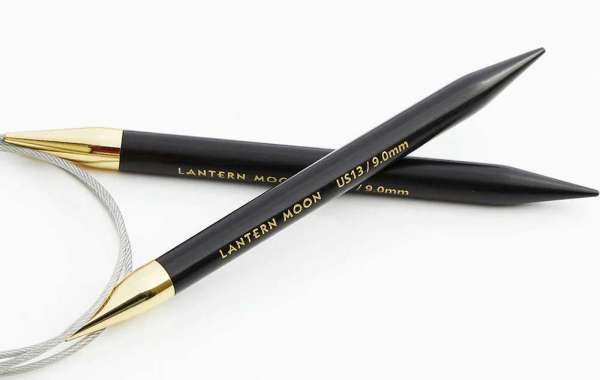Slip 2, Knit 2, Pass Slipped Stitches Over (S2KP) is a decrease technique used in knitting. It creates a centered double decrease, which means it decreases two stitches while maintaining the stitch count and keeps the decrease centered on your work. In knitting, when you working on projects that require shaping, you will come across a wide range of instructions for the way you work with your knitting needles to decrease the count of stitches from the previous row or round. There are many ways to decrease stitches, the most common one is to knit or purl together. Knitting decreases are used for projects such as hats, socks, and sweaters for proper fit and other projects.
Whether you are working back and forth on a pair of single-pointed or circular needles, both basic knitting techniques work for shaping. These methods also work when working with double-pointed needles or circulars to knit as usual or even the magic loop. This can be little confusing if you have never done it before. In this blog, let’s walk you through both the basic knitting decrease techniques.
Here's how you work the Slip 2, Knit 2, Pass Slipped Stitches Over (S2KP) decrease:
Slip 2 stitches together knitwise: Insert your right needle into the next two stitches on the left needle as if you were going to knit them together, but instead of knitting them, simply slip them together onto the right needle.
Knit 2 stitches together: Insert your right needle into the next two stitches on the left needle and knit them together as a regular knit stitch.
Pass the slipped stitches over: Using the left needle, lift the two slipped stitches on the right needle over the knit stitch you just made. This is similar to binding off, where you pass one stitch over another.
After completing these steps, you will have decreased two stitches and formed a centered double decrease.
It's worth noting that the S2KP decrease is often used in lace patterns to create a decorative decrease that leans to the right. It can be found in various knitting patterns and is a useful technique to have in your knitting repertoire.
Besides this, there are several common techniques used in knitting to reduce the number of stitches and shape the fabric. Here are a few popular knitting decrease techniques:
Knit Two Together (K2tog): This is one of the most basic and commonly used decrease techniques. To work a K2tog decrease, simply insert the right needle into the next two stitches on the left needle as if to knit, then knit them together as a single stitch. This decreases one stitch.
Slip, Slip, Knit (SSK): The SSK decrease creates a left-leaning decrease. To work an SSK, follow these steps: Slip the next stitch as if to knit onto the right needle, slip the following stitch as if to knit onto the right needle, insert the left needle into the front loops of these two slipped stitches, and knit them together through the back loops. This decreases one stitch.
Purl Two Together (P2tog): This decrease technique is similar to the K2tog but is worked on the purl side of the fabric. Insert the right needle into the next two stitches on the left needle as if to purl, then purl them together as a single stitch. This decreases one stitch.
Slip, Slip, Purl (SSP): The SSP decrease creates a left-leaning decrease on the purl side. To work an SSP, follow these steps: Slip the next stitch as if to knit onto the right needle, slip the following stitch as if to knit onto the right needle, insert the left needle into the front loops of these two slipped stitches, and purl them together. This decreases one stitch.
Central Double Decrease (CDD): The CDD decrease creates a centered double decrease that slants to the right. To work a CDD, follow these steps: Slip two stitches together as if to knit, knit the next stitch, then pass the two slipped stitches over the knit stitch. This decreases two stitches.
Slip Slip Knit Pass (SSKP): The SSKP decrease creates a left-leaning double decrease. To work an SSKP, follow these steps: Slip the next two stitches individually as if to knit onto the right needle, insert the left needle into the front loops of these two slipped stitches, knit them together through the back loops, then pass the resulting stitch over the knit stitch. This decreases two stitches.
These decrease techniques can be used in various knitting projects, such as shaping sleeves, necklines, or creating decorative stitch patterns. They provide different slanting effects and help achieve the desired shaping and structure in your knitting.
Choosing the right decrease method depends of your knitting project or the designer who has written the pattern. For advanced knitters, the method is chosen by the level of their knitting skills and the stitch pattern.
For all your knitting projects, explore the Lantern Moon Collection. The range of handcrafted knitting needles, crochet hooks and accessories are made from premium ebony wood with a liquid-silk finish that has an effortless glide for all types of yarn and projects.







